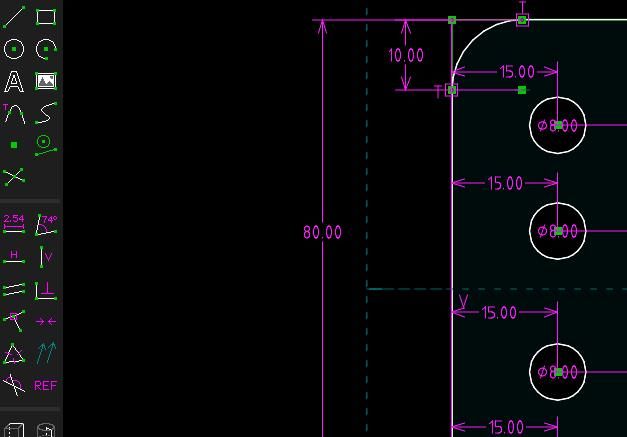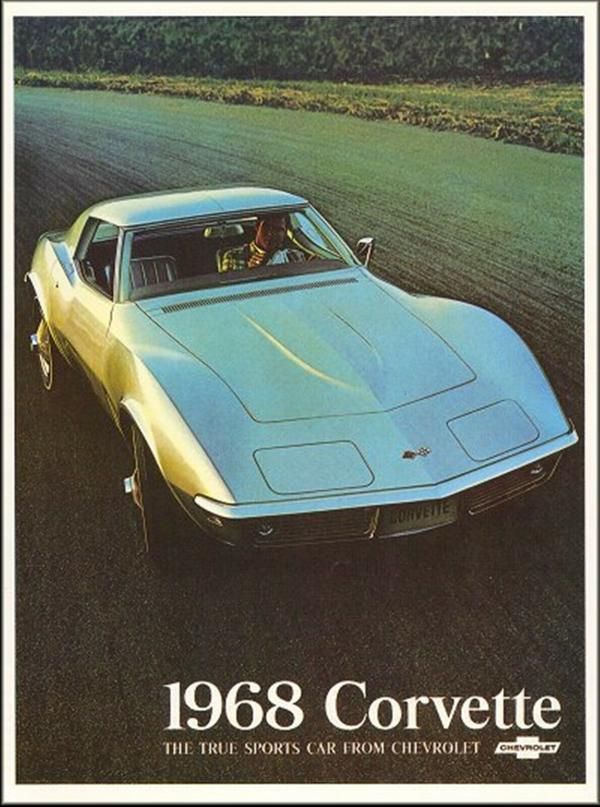
The ethical car designers will quickly discover that corruption in the car industry goes way beyond manufacturers' faked emission-tests; their mass-participation in war crimes; and the children they force to work in the cobalt, mica, and lithium mines. In fact, the corruption in Car Land begins the moment you switch on a computer and load your CAD software.

All modern computer processors are backdoored-by-design, and so airgapping all production machines is the only rational solution. Intel's 'Management Engine' and AMD's 'Platform Security Processor' openly snoop on everything you do on your computer, reporting this data back to whoever has keys to the CPU backdoors.
The larger automobile conglomerates are inextricable from the state. National Socialism was essentially corporatism. Therefore, the problem can be stated simply: If you plan to design and engineer products, then it is foundational to ensure that your competitors cannot steal your designs.
If you are working in the car industry, then your competitors are state-level combatants. In other words: Governments.
It is no accident that notorious car-manufacturers are able to fake their emissions-tests and build unchecked monopolies: These car companies 'own' vast swathes of the political apparatus. This gives these conglomerates access to surveillance systems; the Intel and AMD backdoors; and (you guessed it) access to your computer.
Remember, many of these car companies are currently child-slavers; several literally have Nazi-origins. These companies ran concentration-camps and, in the years since, have lied about poisoning our shared air-supply; multiple times, in multiple countries. This 'Automobile Establishment' will have no qualms about reading stolen information from your computer screen, assisted by the government(s) they think they own.
Airgapping all engineering-computers should be routine if you are working in the independent automotive-design field. To 'airgap' a computer means to remove any wifi, ethernet or bluetooth equipment from the system and to ensure the computer is completely disconnected from the internet or other exploitable network-connection.
By airgapping a system, you ensure that (although the CPU is backdoored) the computer can no longer spy on you because it cannot report its spying to anyone. The CPU will continue to monitor your work, but it will be trapped; unable to transfer this information out to the Automobile Establishment and their cronies in government(s).
Here, we should touch briefly on the issue of the ethics of CAD (Computer Aided Design) computers themselves. Almost every modern computer is manufactured in a Communist dictatorship, often by children. This is, after all, the reason companies manufacture in these regions: It is cheap to manufacture in the 'Slave Zones' because there are few human rights, and children are often used as labor.
Ethical options do exist, but they take some hunting down. For example, Raspberry Pi manufactures their computer boards in the UK. Although you might consider this an underpowered computer, it is perfectly sufficient for running software like the excellent Solvespace (for parametric modeling) or Blender (for visualization work).
Remember that most of the greatest cars ever designed came from an era before desktop computers. You should consider eliminating computers as much as possible from your engineering workflow. They tend to destroy creativity and generate lazy, derivative designs. The engineers who worked on the Corvette Stingray, for example, went nowhere near a computer.

If you absolutely must use a 3D workstation for your automotive design, then the closest thing to an ethical PC are those made by Fujitsu, which are manufactured in Germany and Japan. Similarly, Eizo make their screens in Japan. This information is not given lightly: It took us many months to figure out that Raspberry Pi, Fujistu, and Eizo are the ethical options. Most country-of-manufacture information is hidden. Most major search engines are 'gamed' to stop the consumer from avoiding the profitable 'Slave Zone' manufacturers.
The elephant in the room of the computer industry is this: That most of our computers are made by slaves, and profit the slave-masters.
Even a Fujitsu PC contains many China-sourced parts. The balance, however, shifts towards ethical manufacture.
A second-hand Fujitsu and Eizo screen is perhaps the only option for CAD designers who don't want to fund slavery; but let us know if you discover other options.
Finally, there is the question of software. Given the association between the former-head of one major operating system manufacturer and Jeffrey Epstein, nobody with any sense of morality can use his product. The other major operating system (and computer) manufacturer is a major child-slaver, so again, we can rule them out.
The solution here is obvious: Linux.
If you haven't tried Linux in a few years, you will be surprised by how it has made strides past everything else. Now there is even a project in the works to connect Blender to Solvespace. The project is called CAD Sketcher, and it drives parametric modeling on free, open-source software to dizzy new heights.

Most impressive of all, however, is the work of a developer called RealThunder. This hotshot-coder is firing on all turbines and has produced a fork of FreeCAD that outshines the original. RealThunder's fork includes a topological naming feature and other slick hacks.
In RealThunder's own words, "I am an extremely efficient coder. In fact, my coding pace is probably too fast for FreeCAD upstream."
That's fighting talk. Things are getting very interesting here in the frontier towns of Liberated CAD.
Given that open-source has overtaken the industry: What now for the legacy, closed-source CAD tools that the automobile industry has come to rely on? Look around you on the streets. Do these cars look good? In my opinion, they are irredeemably horrible and the tools that created them should be burned at the digital stake.
Form does not merely follow function; it also follows the tools we use to create the things we build.
Today's collapsing automobile-industry is a decrepit monster. Whatever tools were used to build this industry, and the cars it produced, were not fit for purpose. It's time for something new.

Chris Stevens collaborated with Steve Jobs to bring an interactive version of Alice in Wonderland back into the popular consciousness. Stevens' work on Alice was promoted by Steve Jobs through global television advertising campaigns and together they shipped millions of copies of the software. Chris Stevens' work is also acclaimed by Fast Company and The Atlantic among others. After some serious self-reflection, Stevens sold his software company, Atomic Antelope, to Oceanhouse Media, in California, for an undisclosed sum. Stevens then left the world of closed-source forever. He is now an automotive engineer working on open-source automobiles. Stevens is a cheerleader for the open-source revolution. "If it's not open-source; then it's sauce," is Stevens' enduring motto.
The views and opinions expressed in this article are those of the authors and do not necessarily represent opinions It's FOSS.
The article originally appeared at Volcano.
- Even the biggest players in the Linux world don't care about desktop Linux users. We do.
- We don't put informational content behind paywall. Your support keeps it open for everyone. Think of it like 'pay it forward'.
- Don't like ads? With the Plus membership, you get an ad-free reading experience.
- When millions of AI-generated content is being published daily, you read and learn from real human Linux users.
- It costs just $2 a month, less than the cost of your favorite burger.
Become a Plus Member today and join over 300 people in supporting our work.









